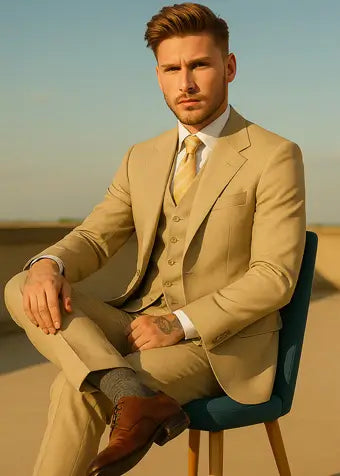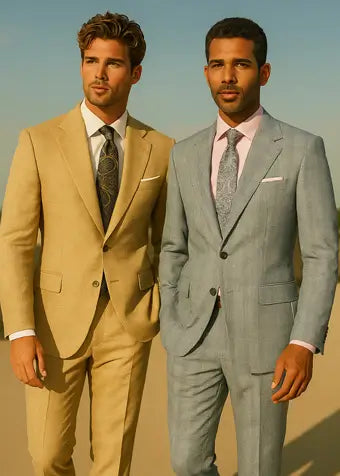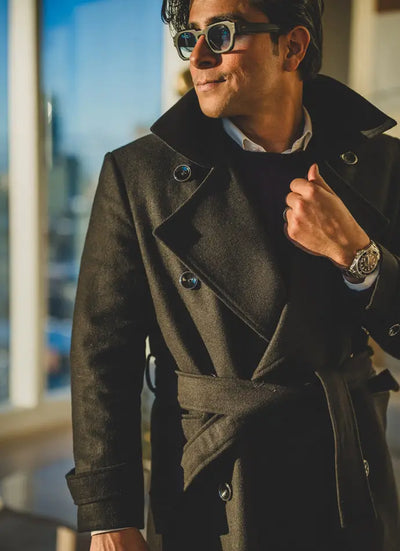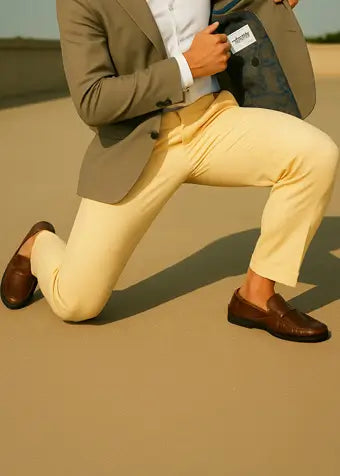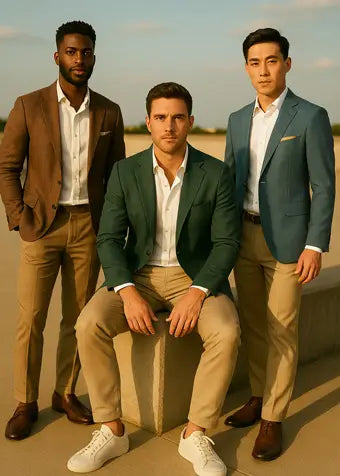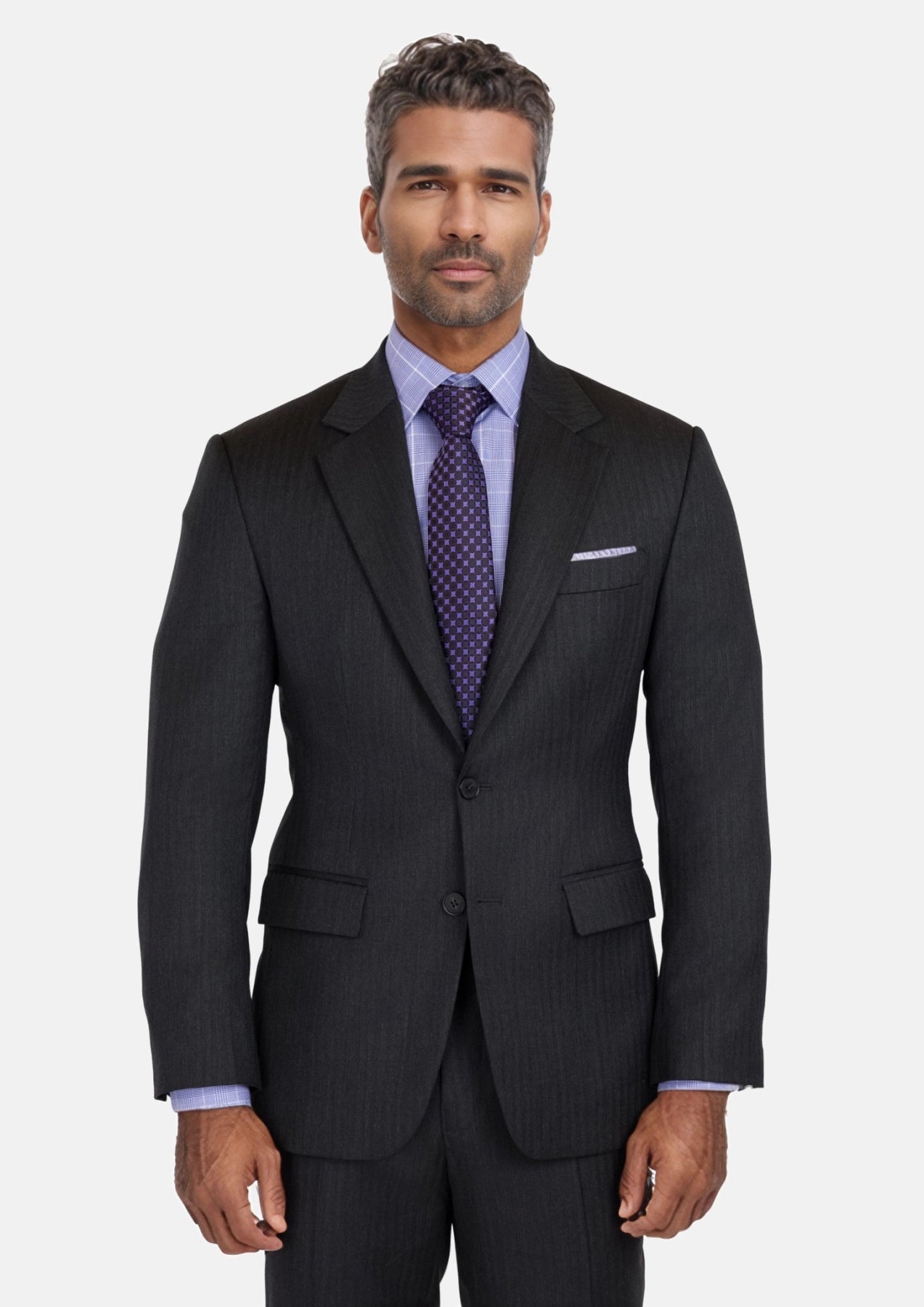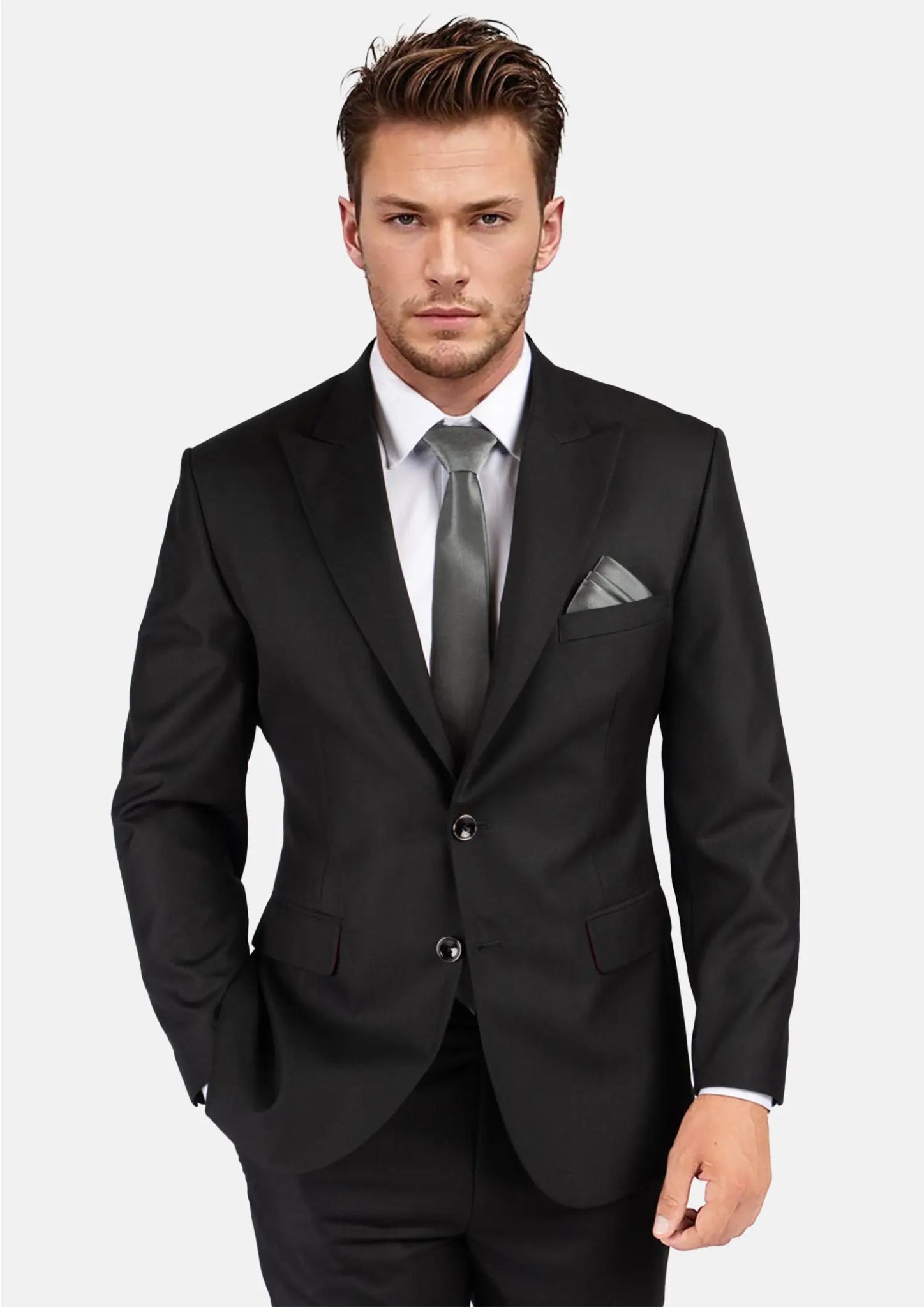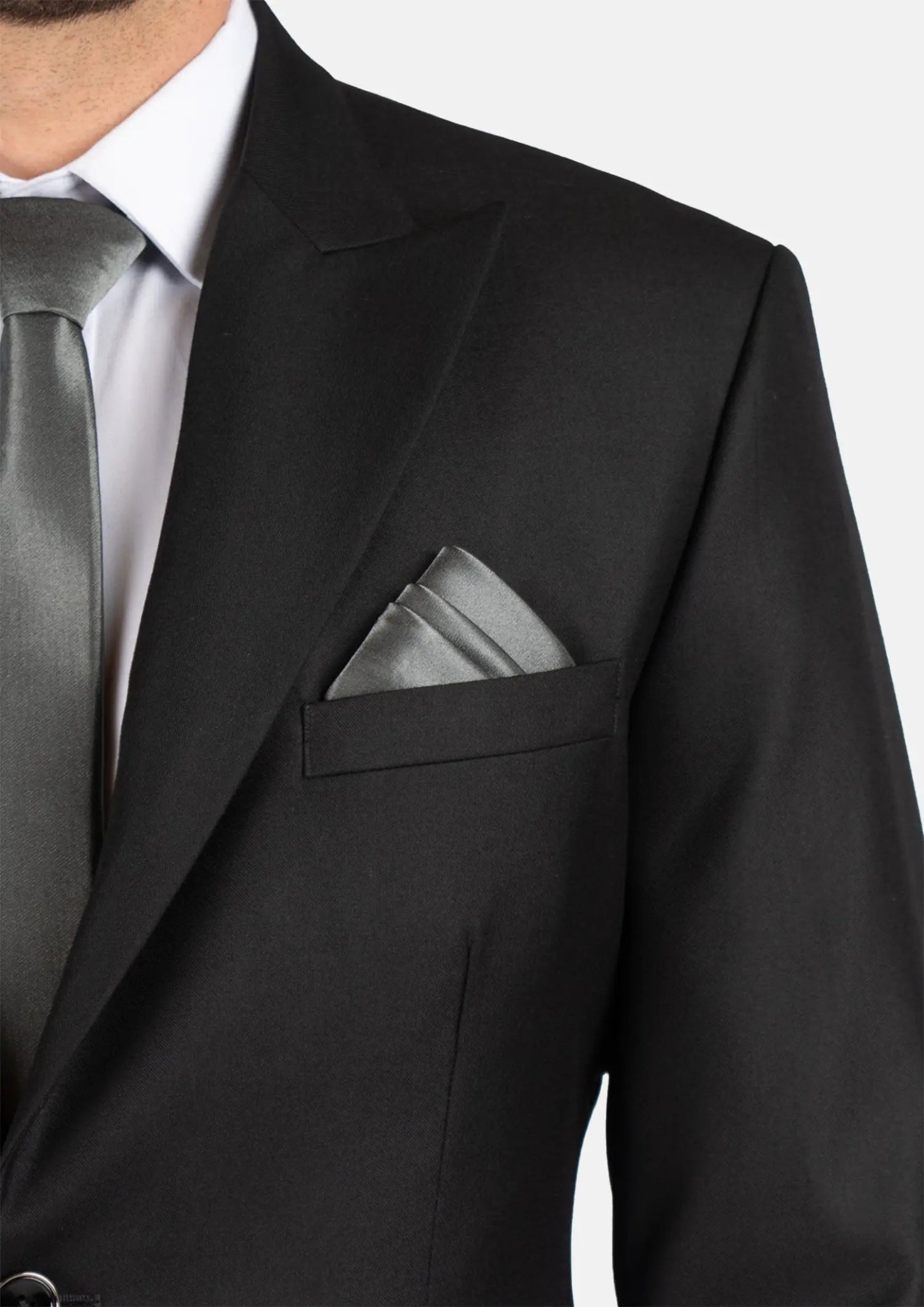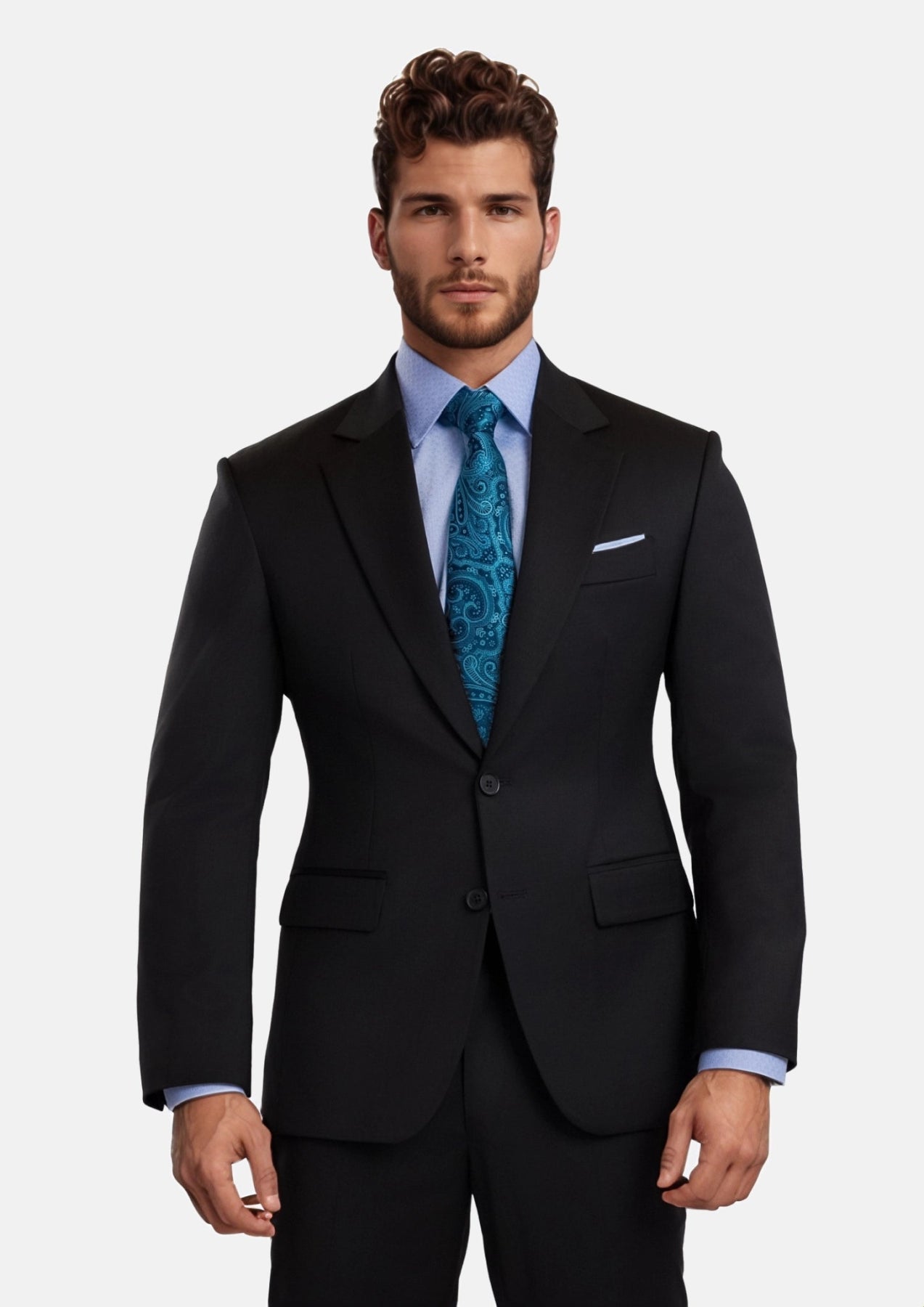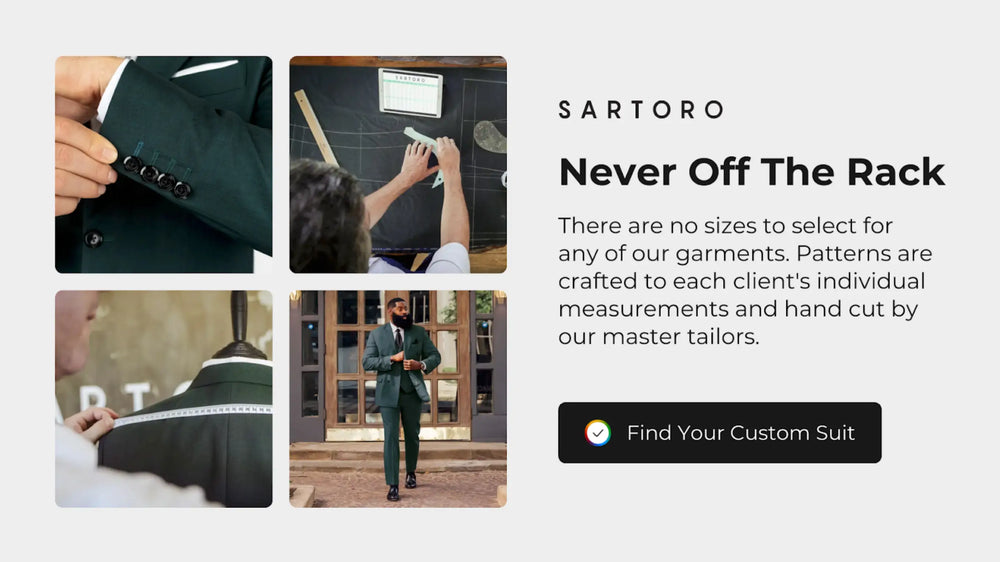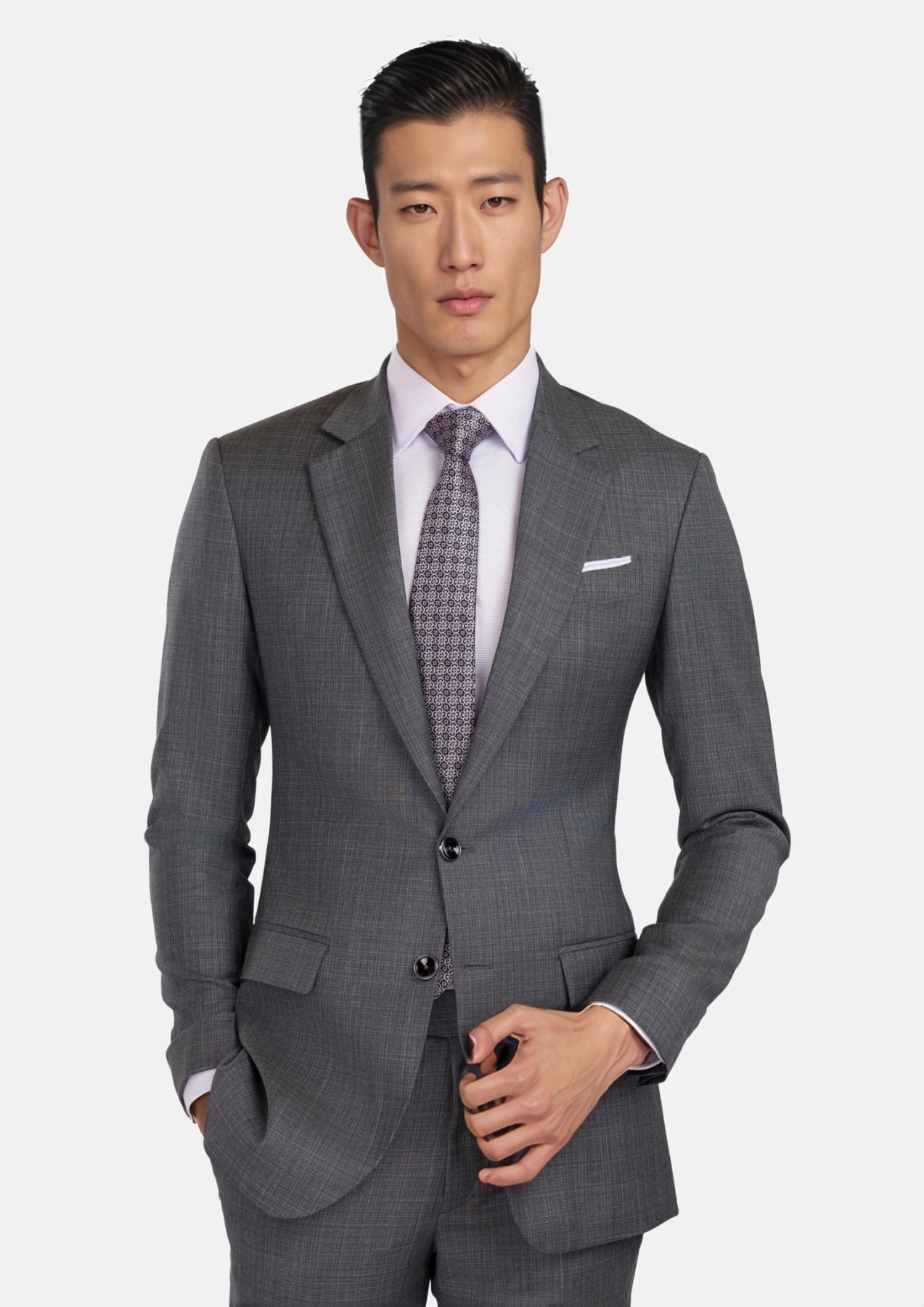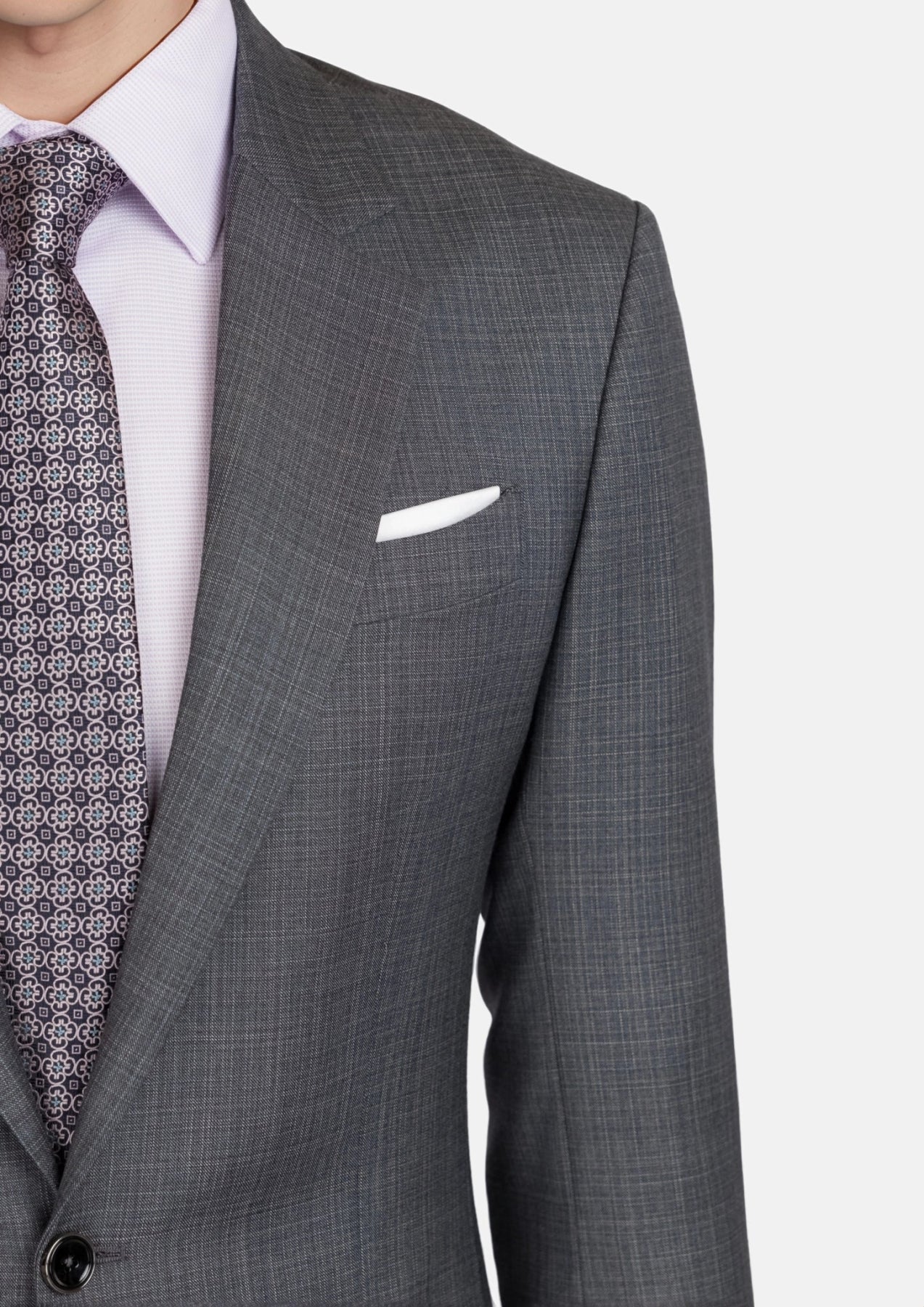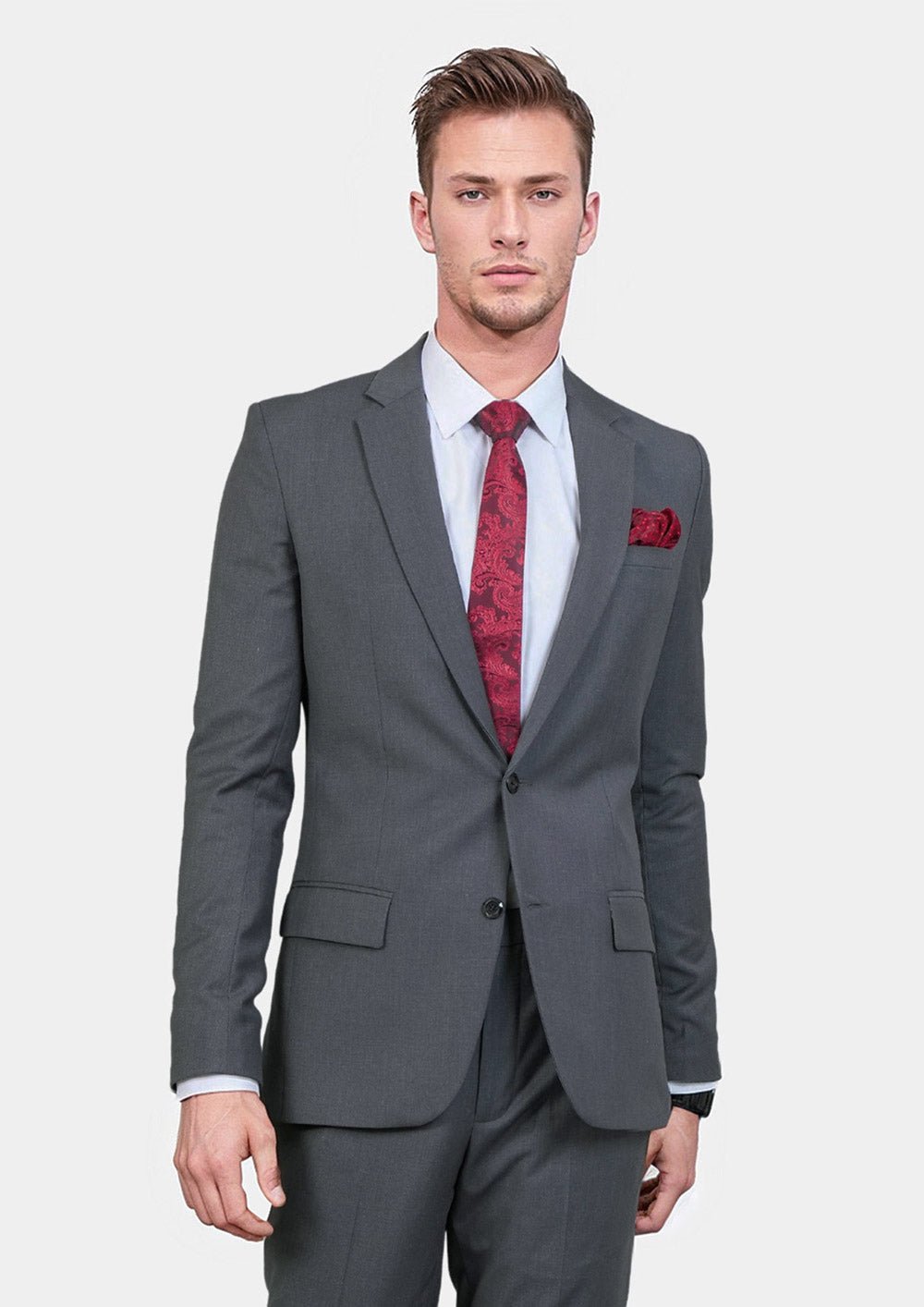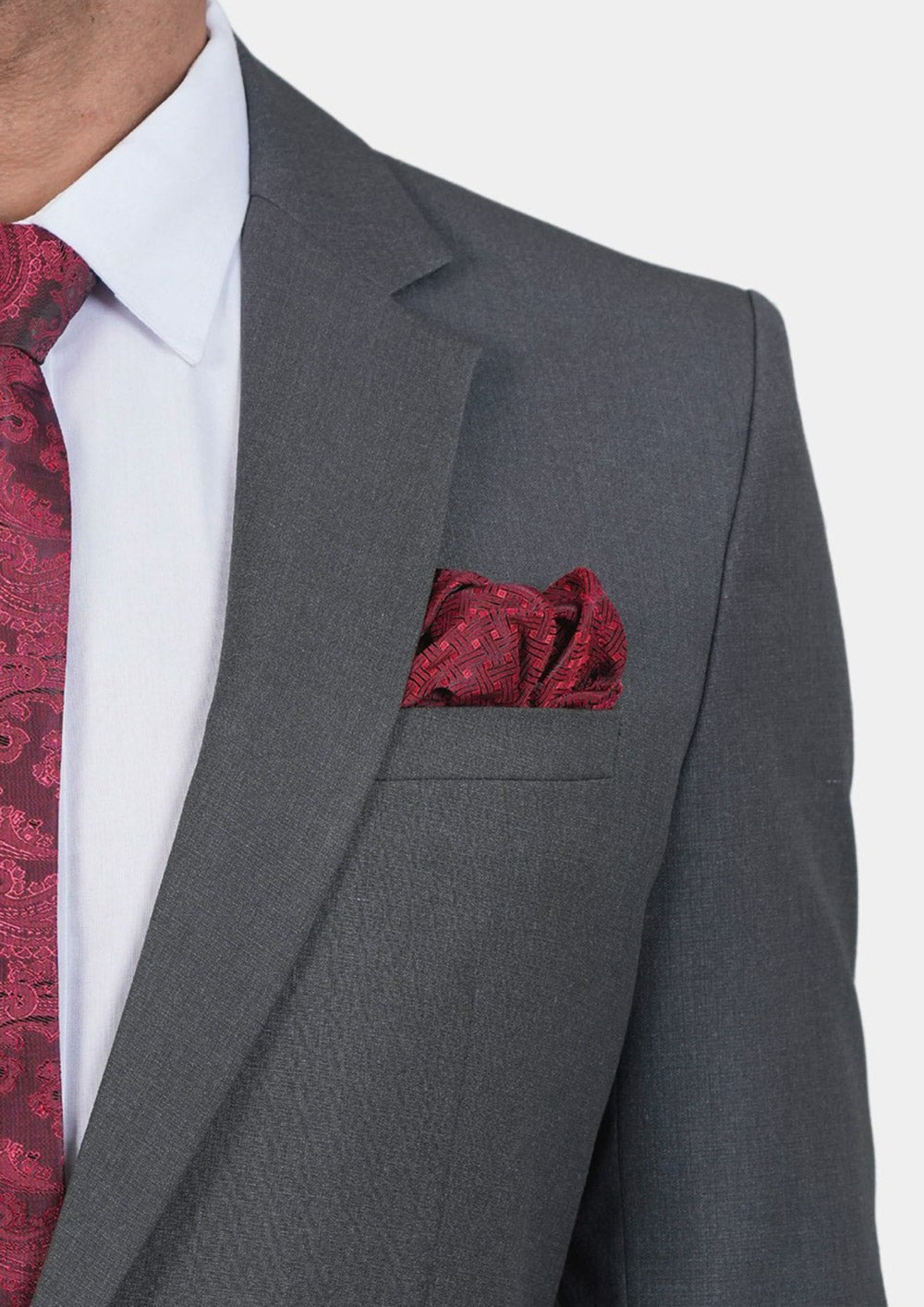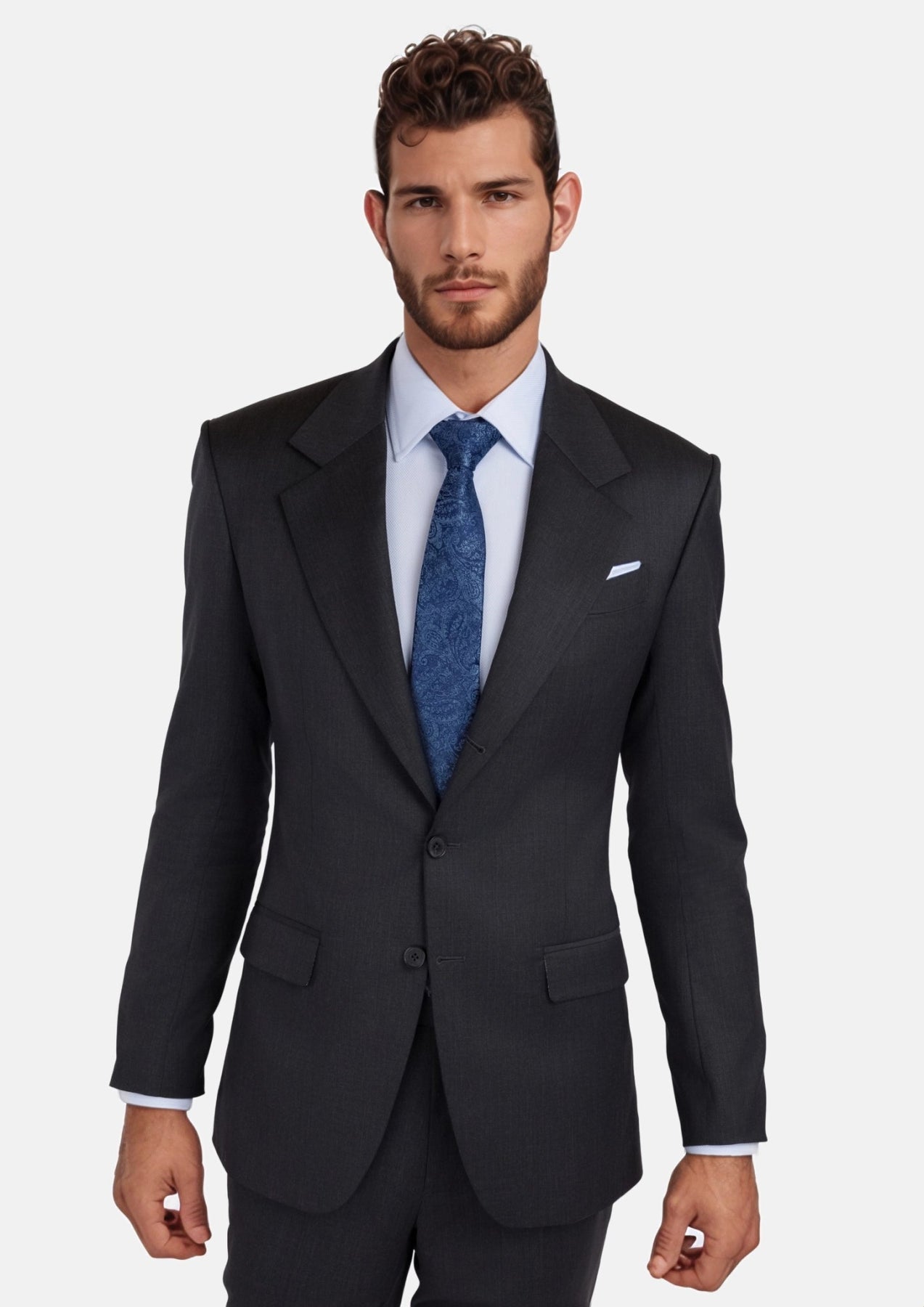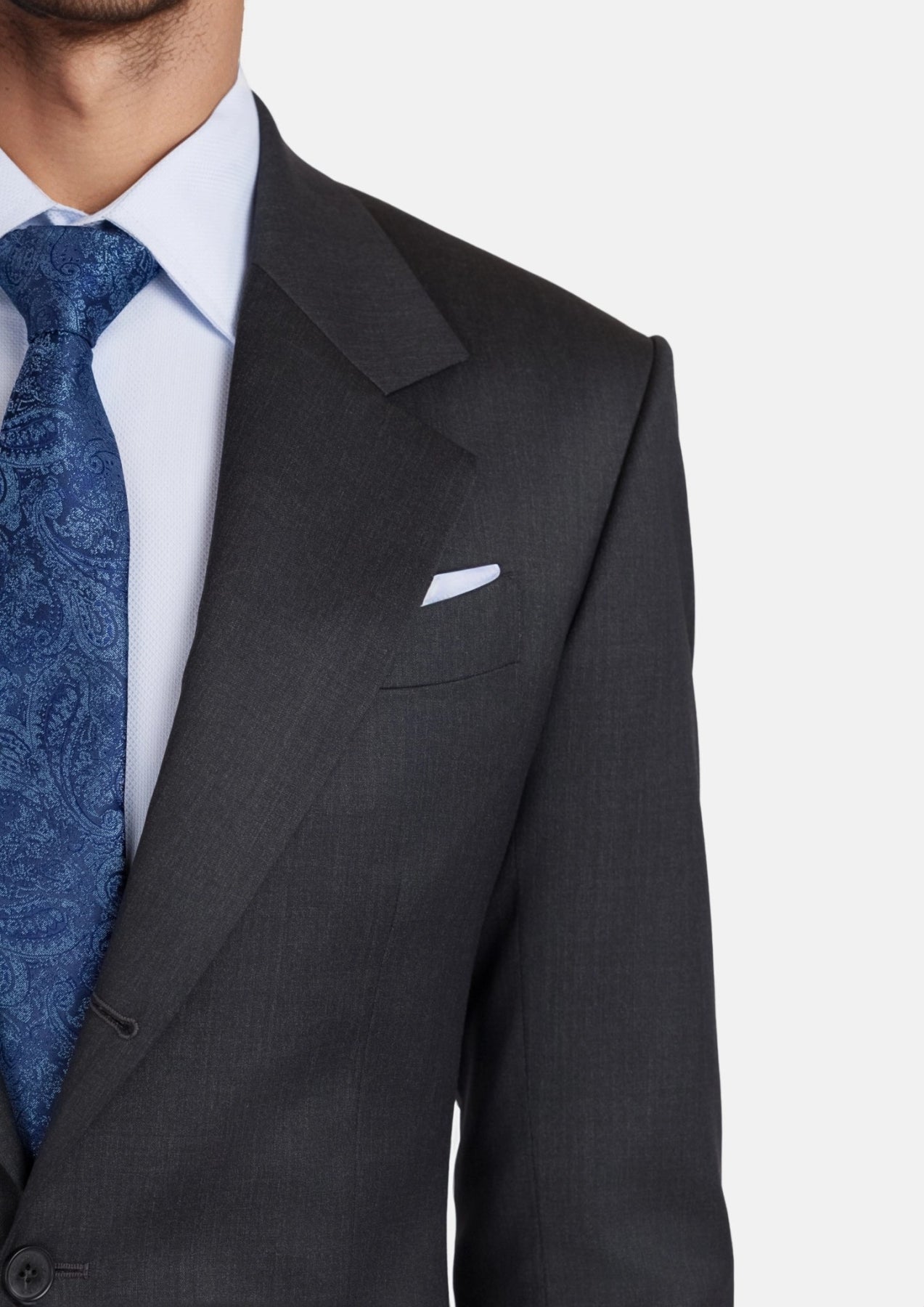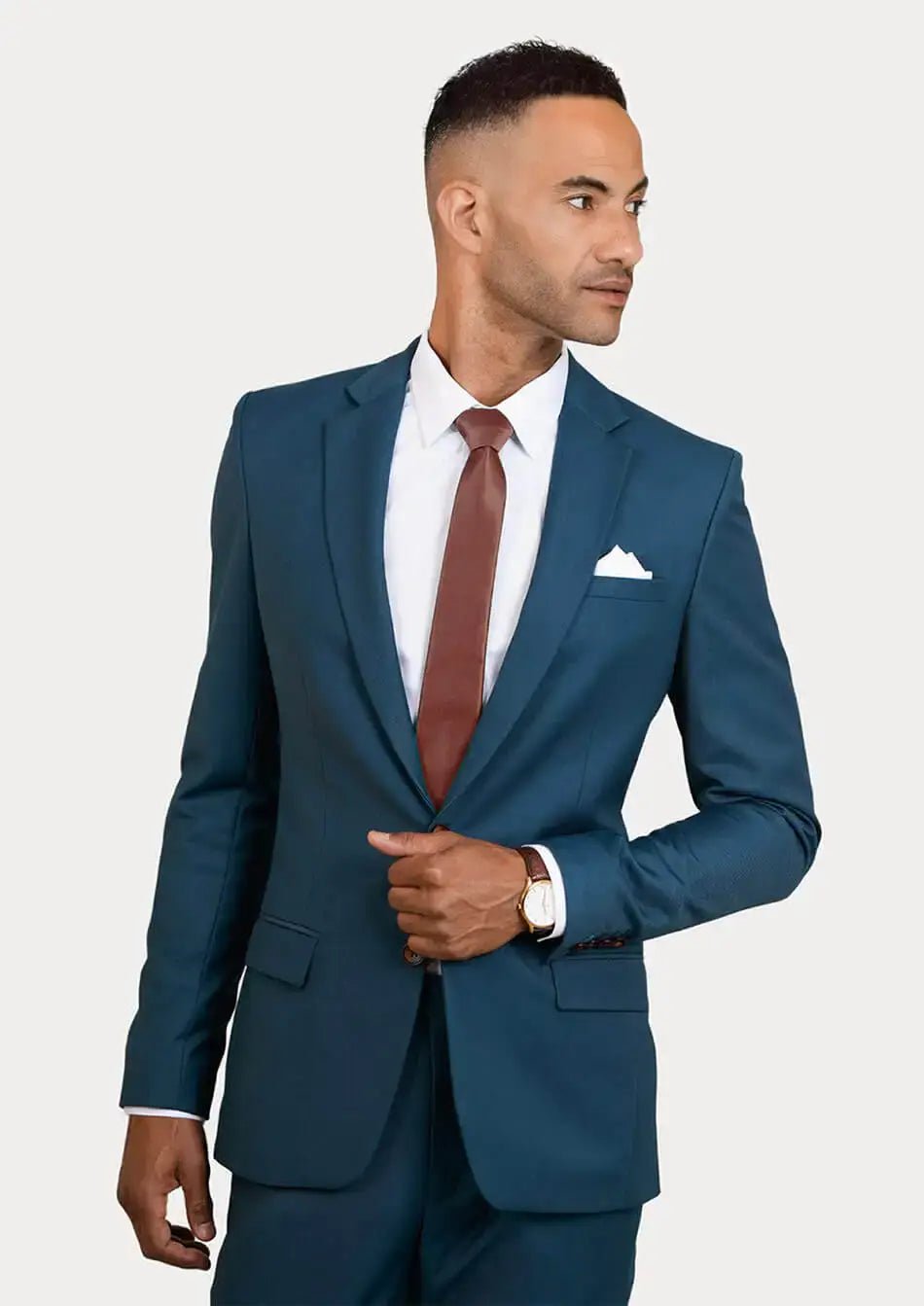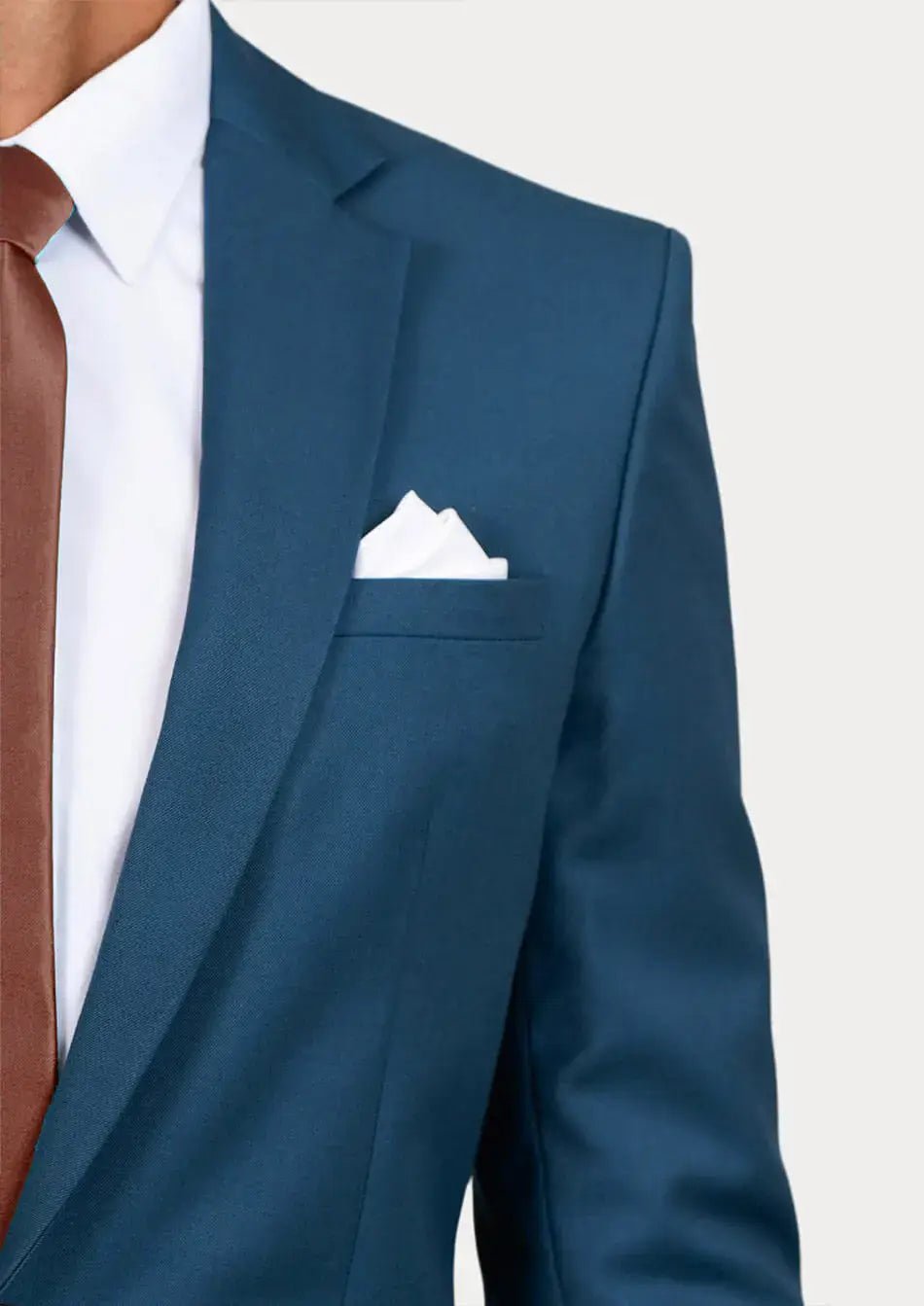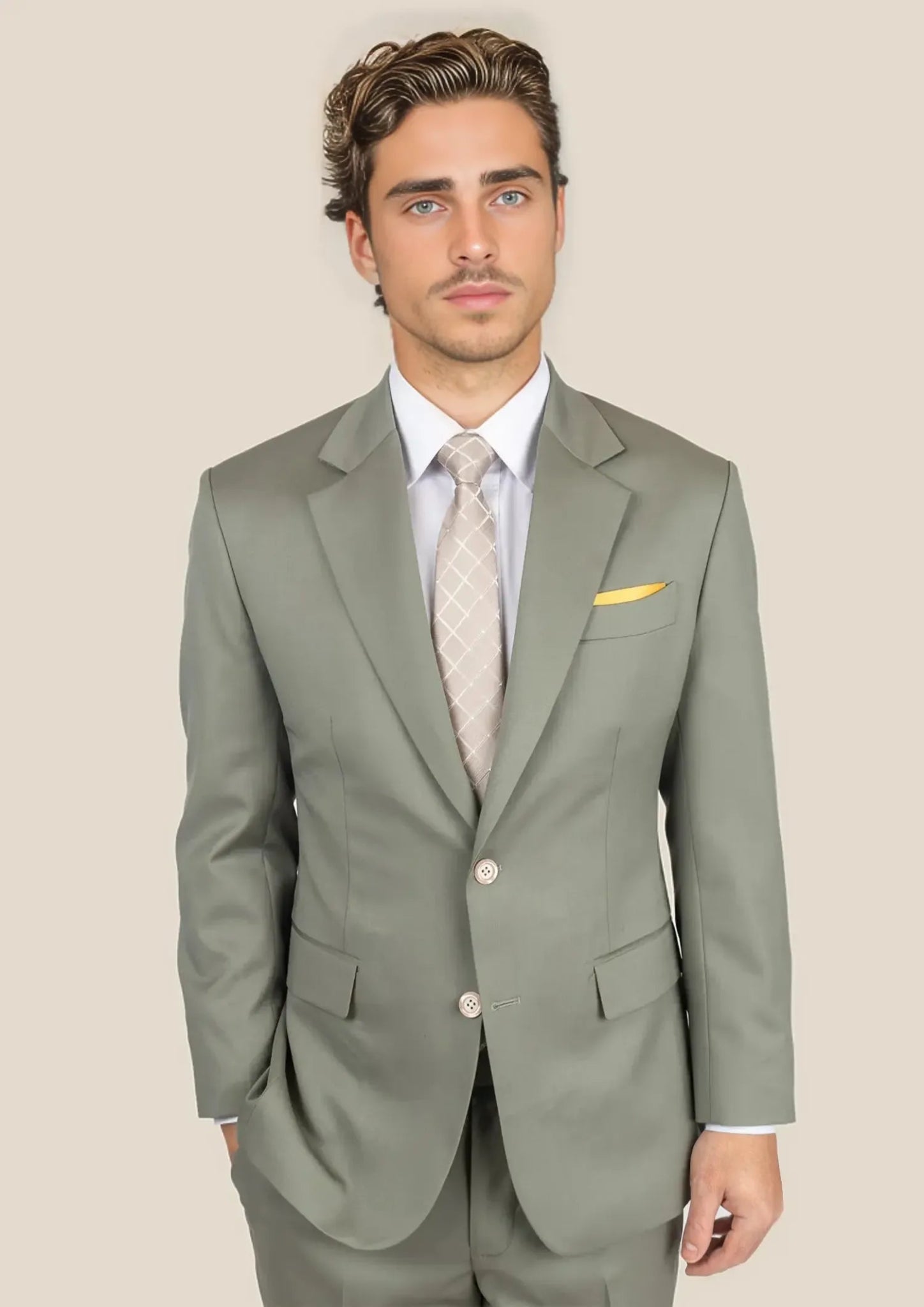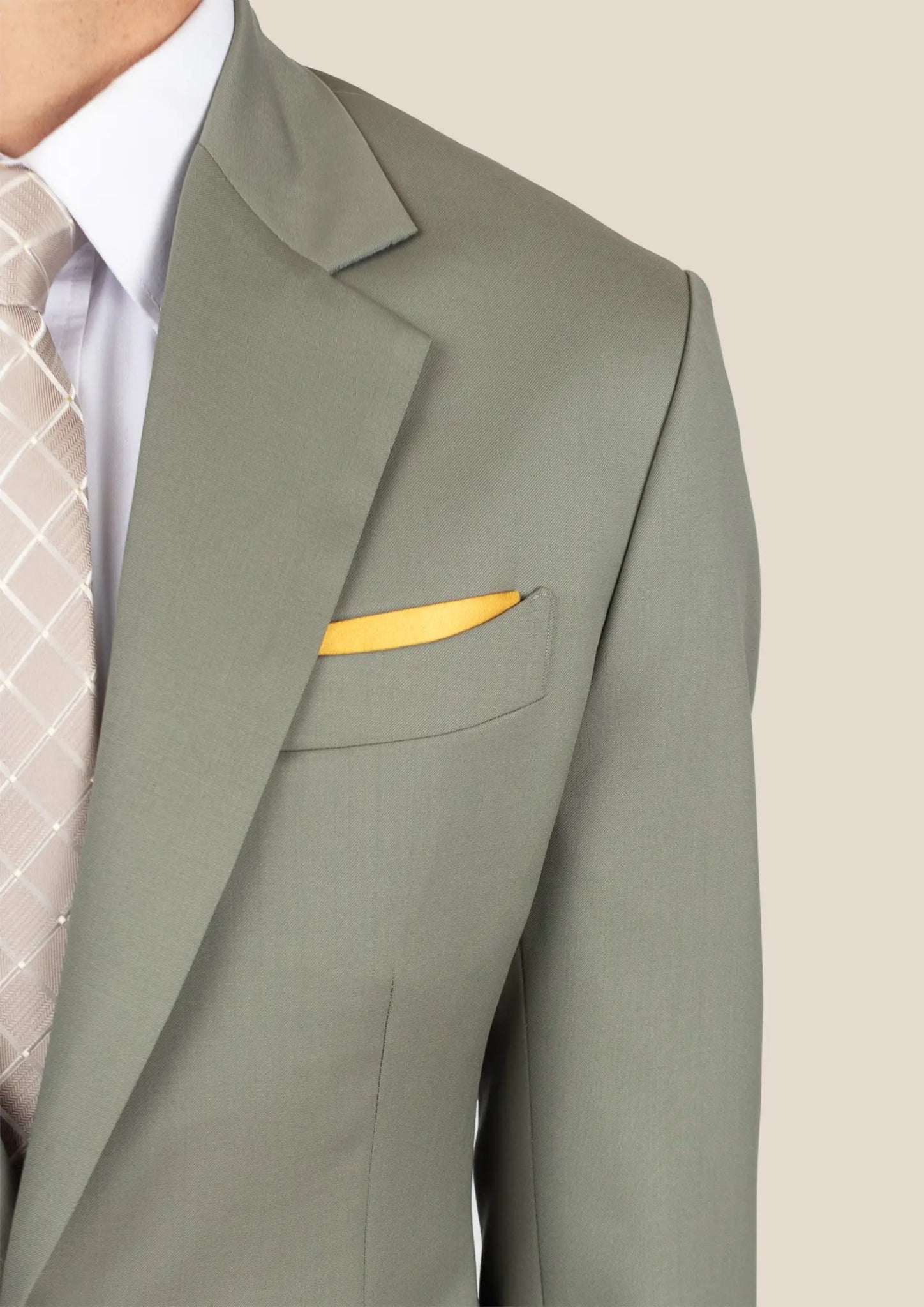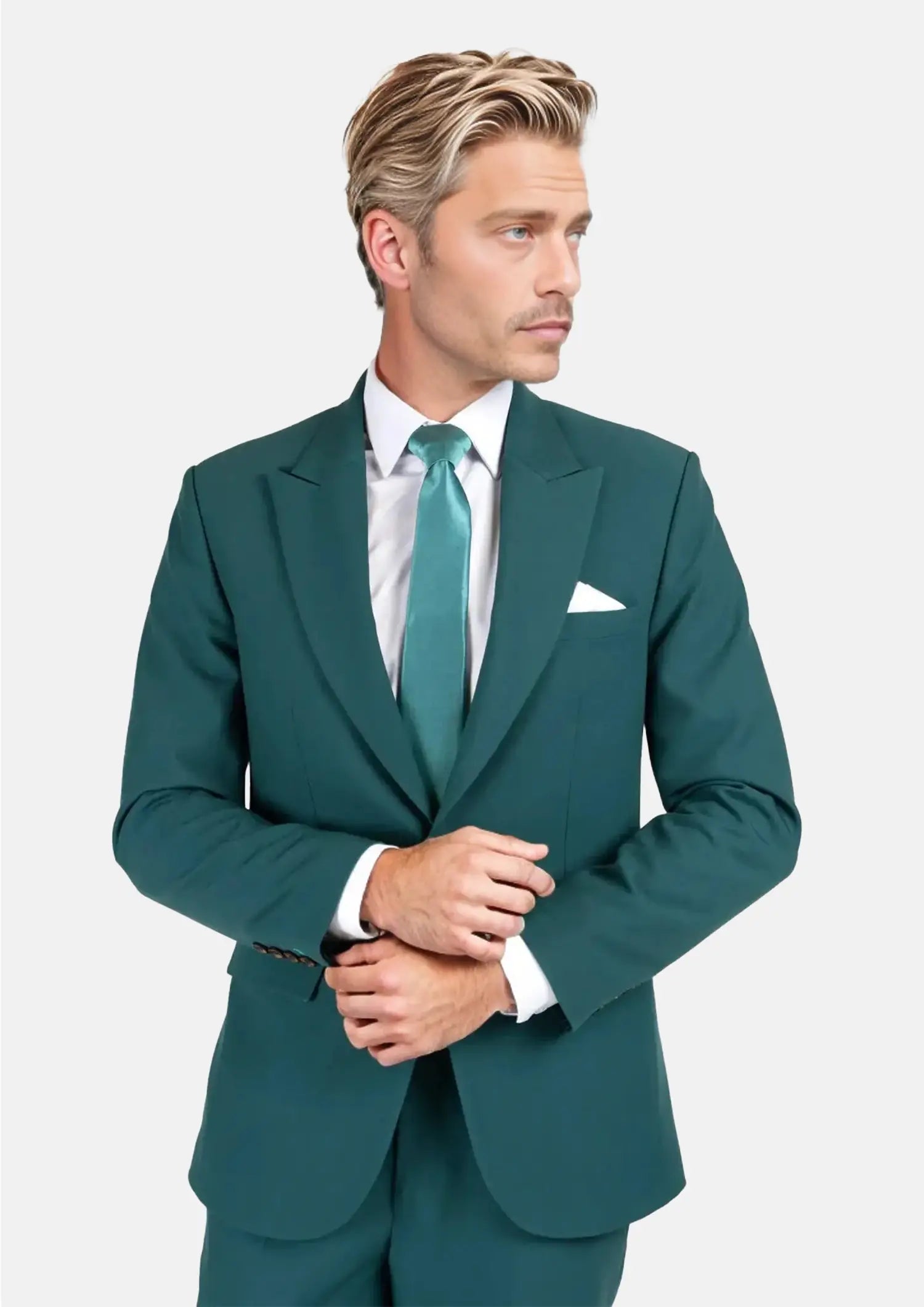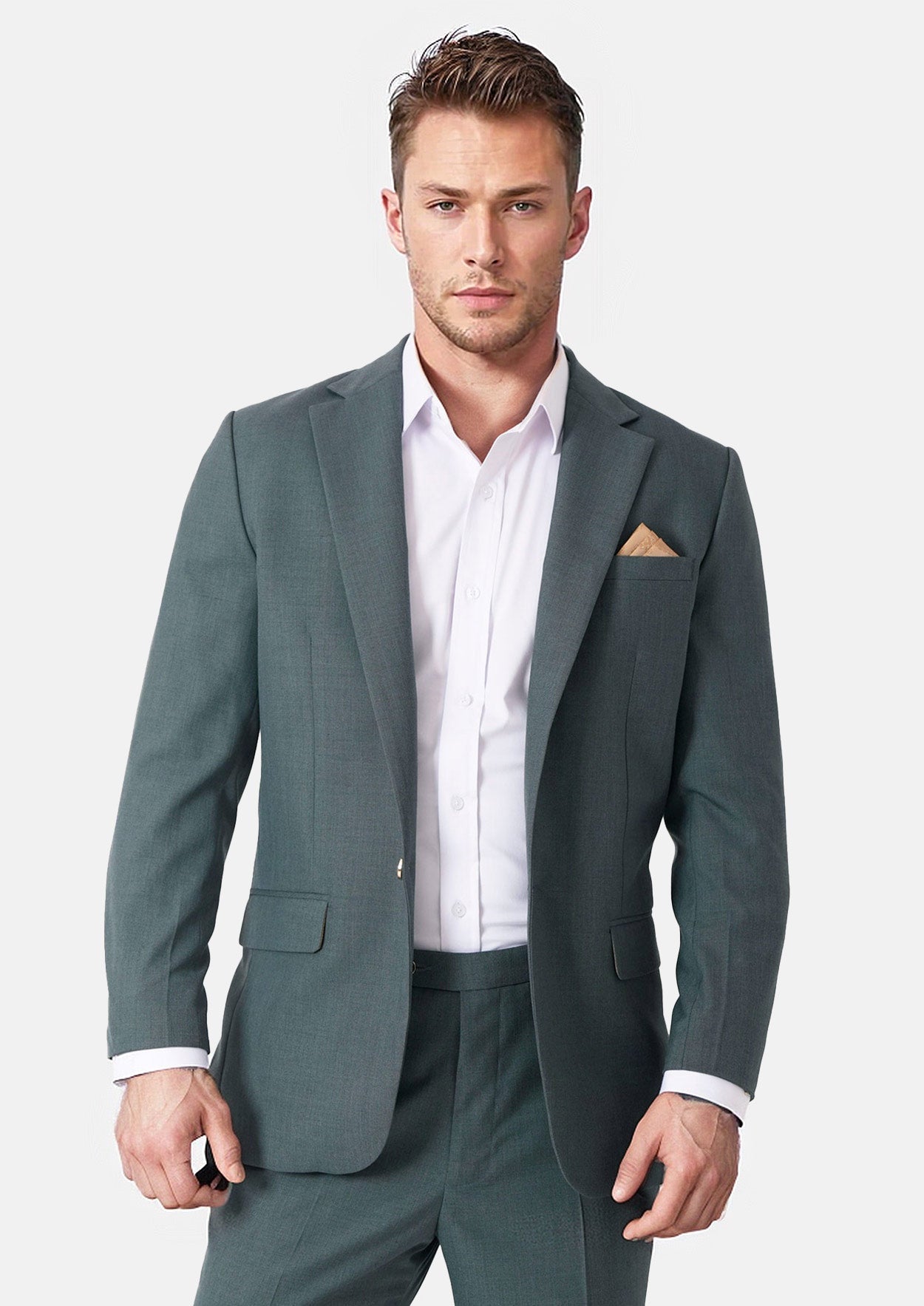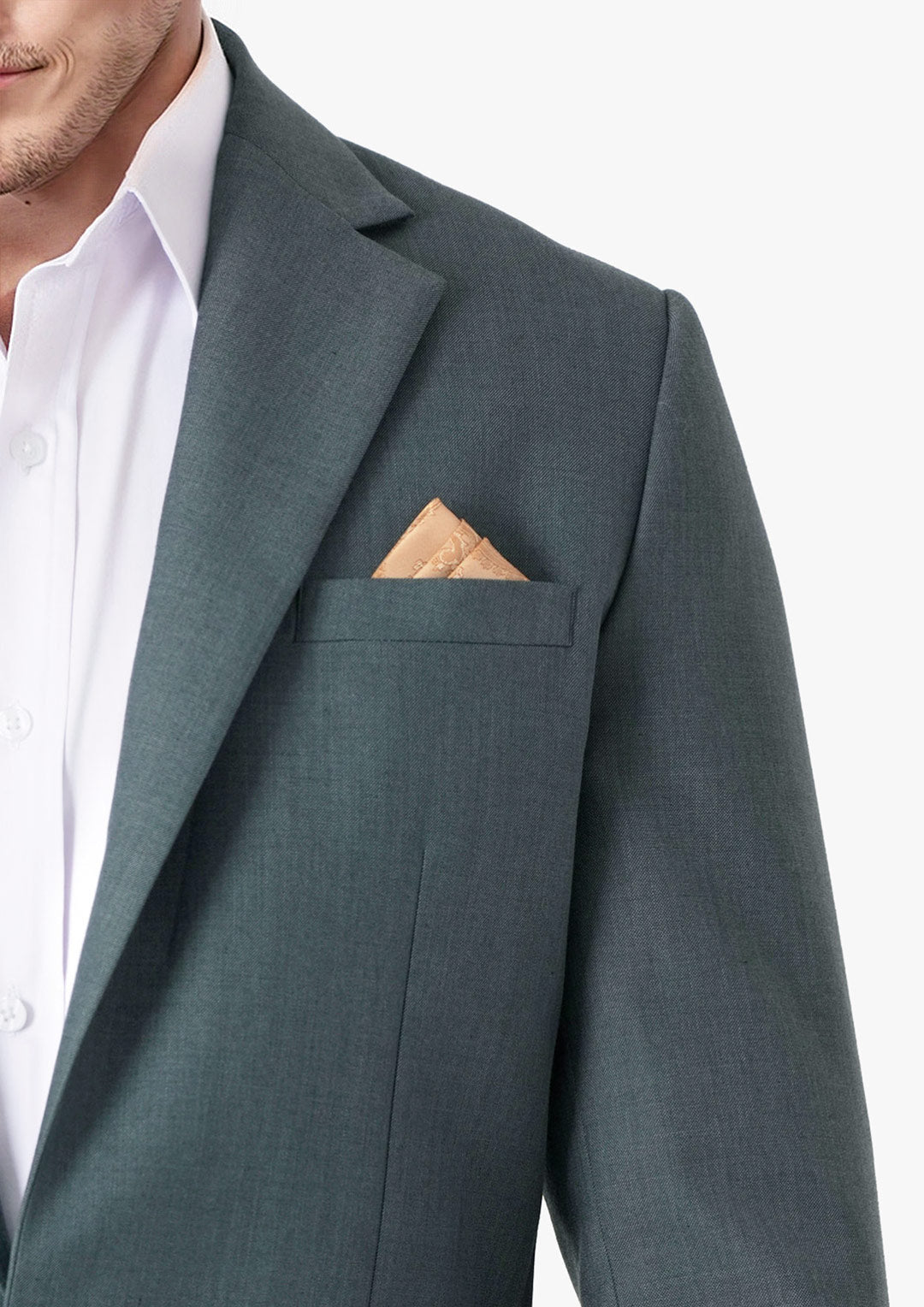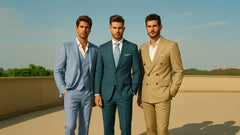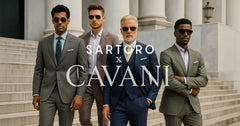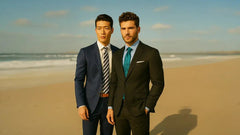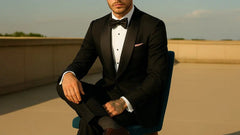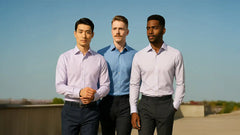
Dressing For Success: Your Interview Suit Guide By Industry
Contents
- The Importance Of First Impressions In An Interview
- Business Formal Interview Suits: Finance, Law, And Consulting
- Smart Business Casual: Tech, Startups, And Creative Roles
- Traditional Industries: How To Stay Polished And Professional
- Modern Color Palettes For Interview Suits
- Accessories: Ties, Shoes, And Watches That Work
- How To Adapt Your Look For Video Or Remote Interviews
- Common Mistakes To Avoid When Dressing For Interviews
- Final Thoughts
- Frequently Asked Questions About Dressing For Success: Your Interview Suit Guide By Industry
The Importance Of First Impressions In An Interview
First impressions matter, especially in the high-stakes environment of a job interview. Every detail, from your handshake to your choice of suit, sets the tone for your meeting. Employers often make snap judgments within seconds, making your attire a key factor in your perception. For many, investing in suits for men that are well-tailored—whether it’s a professional interview look, a sharp wedding suit for men, or a groomsmen suit—can make all the difference.

false
The Visual Impact
Your appearance is the first message you communicate, before even introducing yourself. A thoughtfully chosen suit demonstrates professionalism, respect for the opportunity, and attention to detail. Crisp lines and a well-fitted jacket quietly signal that you are prepared, credible, and serious about the role.
Confidence And Composure
Wearing a suit that fits impeccably not only impresses interviewers—it enhances your own confidence. Comfortable, tailored attire allows you to focus fully on the conversation, rather than adjusting your outfit or worrying about your appearance. This self-assurance is often apparent to others, subtly reinforcing your qualifications.
Setting Yourself Apart
In a competitive job market, small details create lasting impressions. Employers notice when candidates are attentive to grooming and dress codes. Aligning your outfit with the industry standard, while maintaining a polished personal touch, can make you more memorable in a crowded field. Whether you choose a sharp navy blue suit or a modern grey alternative, the right choice can set you apart.
Business Formal Interview Suits: Finance, Law, And Consulting
The proper interview attire should convey professionalism, attention to detail, and respect for the role and company culture. Here's how to tailor your suit choices for these high-stakes environments:
Finance: Sophistication Meets Subtlety
In banking, investment, and related finance roles, classic and conservative is paramount. Opt for a single-breasted, two-piece suit in navy, dark gray, or charcoal. Pair it with a light-colored dress shirt—white or pale blue is safest. Accessories should be understated: a silk tie in a solid color or simple pattern, black leather oxford shoes, and a leather belt. Keep personal expression muted to project reliability and competence.
Law: Authority Through Tradition
Legal professions demand attire that reflects gravitas and seriousness. Go for a dark, solid-colored or finely pinstriped suit, double- or single-breasted depending on your preference. Ensure a crisp, white dress shirt and a conservative tie—nothing flashy. Black leather shoes and a coordinating belt are non-negotiable. Aim for clean lines and traditional tailoring to communicate integrity and meticulous preparation.
Consulting: Polished And Contemporary
Consulting interviews blend traditional business formal with a hint of modern flair. A tailored navy or mid-gray suit strikes the right balance, paired with a slim, light-colored dress shirt. Ties can feature subtle patterns or textures for a touch of personality, but avoid anything too bold. Well-polished shoes—oxfords or derbies—round out a look that's sharp, adaptable, and client-ready. Clean, minimal accessories suggest attention to detail without ostentation.
false
Smart Business Casual: Tech, Startups, And Creative Roles
These environments often break from tradition, favoring smart business casual over full formalwear, making it crucial to present yourself as polished yet adaptable—much like the effortless sophistication of mens linen suits for wedding settings.
Embracing Flexibility In Tech
In the tech sector, formality takes a backseat to comfort and functionality. A tailored blazer, crisp shirt, and chinos in neutral tones create an elevated, approachable look. Accessories like a sleek watch or minimalist belt can express subtle style without overdoing it. Steer clear of loud patterns—clean lines and simple palettes communicate efficiency and attention to detail.
Startups: Confidently Polished, Never Overdressed
Startups champion innovation, and that ethos reflects in their dress codes. Opt for a smart, unstructured jacket paired with dress trousers or dark denim free of distressing. An open-collar shirt often works better than a tie, unless the company culture leans more traditional. Showcase your personality with textures or unique fabrics, but remember that fit and neatness always matter.
Creative Roles: Stylishly Individual
Creative fields encourage you to let your wardrobe hint at your artistic instincts. Swap a traditional suit for separates: Think a textured blazer over a patterned shirt paired with tailored trousers. Tasteful pops of color or accessories, like a bold pocket square or statement shoes, can underline your creative confidence. The key: originality without overshadowing professionalism.
false
Traditional Industries: How To Stay Polished And Professional
Navigating the expectations of traditional industries, such as finance, law, and corporate administration, requires a careful balance of timeless style and understated confidence. Precision and professionalism are paramount when considering what to wear to a job interview in these settings. Here’s how to approach your suit selection:
Finance
The world of finance favors a conservative, meticulous appearance. Opt for a well-fitted, single-breasted, two-piece suit in dark tones like navy, charcoal, or black. Pair with a crisp white or light blue shirt, a simple silk tie, and black leather oxfords. Patterns should be minimal—think subtle pinstripes or solids—allowing your confidence to speak louder than your ensemble.
Law
Legal professions demand an air of authority and respect. Stick to classic, darker shades—navy and charcoal are safest. A notch lapel suit, with a clean, tailored silhouette, projects seriousness and reliability. Complete the look with a muted tie, black or dark brown dress shoes, and minimal accessories; a pocket square or cufflinks should remain understated.
Corporate Administration
Corporate offices value a look that is both sharp and approachable. Medium-to-dark grey suits work well, providing versatility without sacrificing professionalism. Shirts can include pale pastels or classic white, while ties should remain traditional, but allow room for personal style through subtle patterns. Keep your fit immaculate; it demonstrates attention to detail and organizational skills.
Modern Color Palettes For Interview Suits
Selecting the right suit color for a job interview goes beyond basic black or navy. The modern professional arena rewards those who can subtly express confidence and cultural awareness through their attire. While tradition still plays a role, contemporary color options provide new avenues to stand out appropriately for any industry.
Corporate & Finance: Timeless Foundations
Classic navy, charcoal, and mid-grey remain the safest bets for traditional industries like finance, law, and consulting. These hues project trust and professionalism without drawing too much attention, ensuring the focus remains on your skills and qualifications.
Creative Fields: Sleek Neutrals & Soft Tones
Advertising, design, and tech roles allow for a bit more personality in your palette. Mid-blues, light greys, and even sophisticated earth tones—such as taupe or olive—present as modern yet understated, signaling creativity without forsaking sophistication.
Startups & Innovation: Subtle Statements
Deep greens, burgundy, or soft pastel shades can set you apart in more relaxed environments. Paired with simple shirts and minimal accessories, these palettes communicate individuality while retaining a polished impression crucial for first encounters.
General Tips: Versatility And Adaptability
Regardless of the field, opt for suits with a matte finish and avoid overly bright or saturated shades. Choose colors that harmonize with your complexion and convey the right balance between approachability and authority.
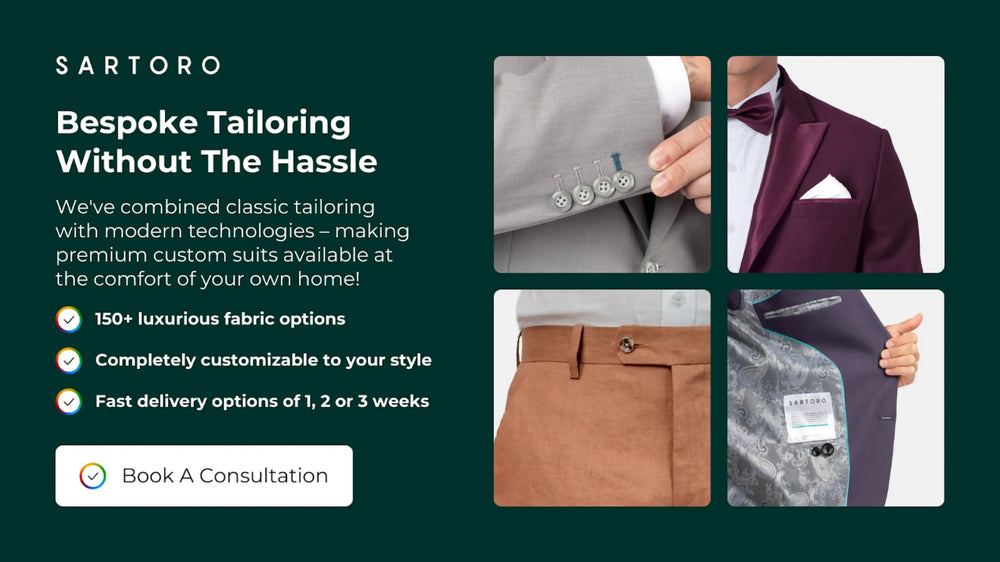
Create Your Ideal Suit
Accessories: Ties, Shoes, And Watches That Work
Accessories aren’t just afterthoughts; they’re essential components that can subtly elevate or undermine your interview attire. Choosing the right pieces provides the finishing touches that reflect professionalism, attention to detail, and personal style.
Ties: The Power Of Precision
A well-chosen tie pulls together your look and communicates intent. Opt for classic silk ties in solid colors or understated patterns like stripes or small dots. For more conservative industries such as finance or law, stick to traditional colors, navy, burgundy, or deep green. Creative fields allow for more personality; think tasteful textures or a splash of color, provided it remains refined.
Shoes: Foundation Of Formality
Your shoes anchor your ensemble. Classic choices like oxford or derby shoes in black or dark brown always convey professionalism. Ensure they’re polished and in excellent condition, worn or scuffed footwear can detract from even the sharpest suit. A sleek loafer or monk strap may be appropriate for less conventional sectors, but always lean toward subtlety over statement.
Watches: Understated Sophistication
A watch is more than a tool; it symbolizes reliability and attention to detail. Favor minimalist dress watches with leather straps or slim metal bands. Avoid anything too flashy or oversized. A watch should complement, not compete with, your outfit—quiet confidence is key.
In sync with your suit, these accessories collectively speak to your sense of preparedness, understated style, and appreciation for the nuances of what to wear to a job interview.
How To Adapt Your Look For Video Or Remote Interviews
Remote interviews present unique challenges and opportunities. While traditional in-person interview attire lays the foundation, optimizing your appearance for the camera can help you stand out for all the right reasons.
Lighting And Background Matter
Proper lighting is essential to ensure your suit and overall look are shown in their best light. Choose a bright, naturally lit space and a tidy, neutral background that won’t distract from your presence.
Fit And Color Selection
On camera, sharp fits and solid, medium-to-dark suit colors translate best. Avoid overly bold patterns or shiny fabrics that can reflect or blur on video. Muted blues, grays, and charcoals consistently convey professionalism.
Details Count
Since the camera often frames you from the waist up, focus on details such as your shirt collar, tie knot, and jacket shoulders. Ensure everything sits perfectly and appears crisp on screen, as the camera magnifies minor imperfections.
Grooming And Accessories
Keep personal grooming sharp and accessories subtle. A well-groomed appearance, neatly styled hair, and a classic tie bar or pocket square can elevate your look without overpowering your overall ensemble.
Common Mistakes To Avoid When Dressing For Interviews
To ensure you present yourself at your best, it’s vital to sidestep some frequent pitfalls. Here are the most common mistakes and how to avoid them:
Choosing The Wrong Fit
A poorly fitting suit, whether too tight or too loose or with sleeves and trousers at the wrong length, can suggest a lack of attention to detail. Fit communicates professionalism; make sure your jacket sits comfortably on the shoulders and that your pants break just above your shoes.
Overlooking The Importance Of Grooming
Even the sharpest suit can’t compensate for unkempt hair, untidy facial hair, or scuffed shoes. For a polished appearance, ensure hair and facial hair are well-groomed and pay attention to accessories like belts, socks, and footwear.
Excessive Patterns And Bold Colors
While personal flair is important, interviews typically call for subtlety. Loud patterns or overly bright colors can distract from your qualifications and message. Choose classic, understated tones such as navy, charcoal, or gray, and keep patterns delicate and minimal.
Ignoring Dress Code Expectations
Failing to match your attire to the company or industry context is a common misstep. Overdressing in an ultra-formal suit for a startup interview or underdressing for a corporate one can be interpreted as a misunderstanding of company culture. When in doubt, err on formality, but research the company’s environment beforehand.
Final Thoughts
Your interview suit is far more than just clothing; it's a strategic tool for making a powerful first impression. By understanding the nuances of industry expectations and paying attention to crucial details like fit, color, and accessories, you're not just dressing up but showing up as the most confident, prepared, and culturally aligned version of yourself.
Remember, the goal is to enhance your qualifications, not distract from them. Invest wisely, prepare diligently, and walk into every interview ready to impress, embodying the success you aim to achieve.
Read also:
- A Guide To Buying Your First Suit
- How To Create The Perfect Broken Suit Look For Any Occasion
- Types Of Suits: A Guide To Styles, Cuts, And Occasions
Frequently Asked Questions About Dressing For Success: Your Interview Suit Guide By Industry
How does industry affect interview attire?
Different industries have distinct expectations for interview attire. Traditional fields like finance and law require more formal suits, while creative or tech sectors may accept smart business casual. Tailoring your outfit to the company culture signals preparedness and respect.
Are pinstripes acceptable for an interview suit?
Pinstripes can be appropriate in conservative industries, provided they’re subtle and not overly bold. For most interviews, a solid navy, charcoal, or deep grey suit offers a safer, more versatile choice unless you’re confident that pinstripes fit the company’s aesthetic.
What is the appropriate suit fit for a job interview?
A suit should fit comfortably and reflect meticulous tailoring: shoulders aligned, sleeves ending just above the wrist, and trousers with a slight break. A well-fitted suit conveys polish and attention to detail—key traits employers notice immediately.
Can I wear a three-piece suit to an interview?
Yes, a three-piece suit is an excellent choice for formal or executive roles, exuding confidence and professionalism. For less traditional industries, opting for a two-piece suit may feel less formal but equally sharp if well-tailored.
What's the difference between business casual and business professional?
Business professional calls for a full suit, dress shirt, conservative tie, and polished shoes. Business casual relaxes the dress code, think dress pants, a buttoned shirt, and optional blazer, often without a tie. Always opt for business professional unless the company clearly specifies otherwise.
How do I choose the right tie for my interview suit?
Select a classic, understated tie in a solid color or subtle pattern. Avoid loud colors or novelty designs. Your tie should complement, not overpower, your suit—think navy, burgundy, or deep green to project sophistication and attention to detail.
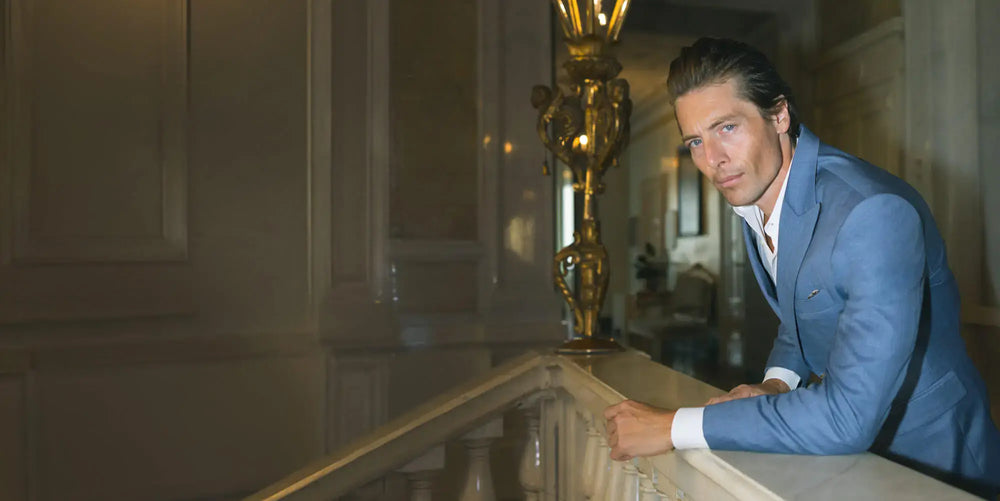
Mike Markoff in a Sartoro custom blue suit.
















